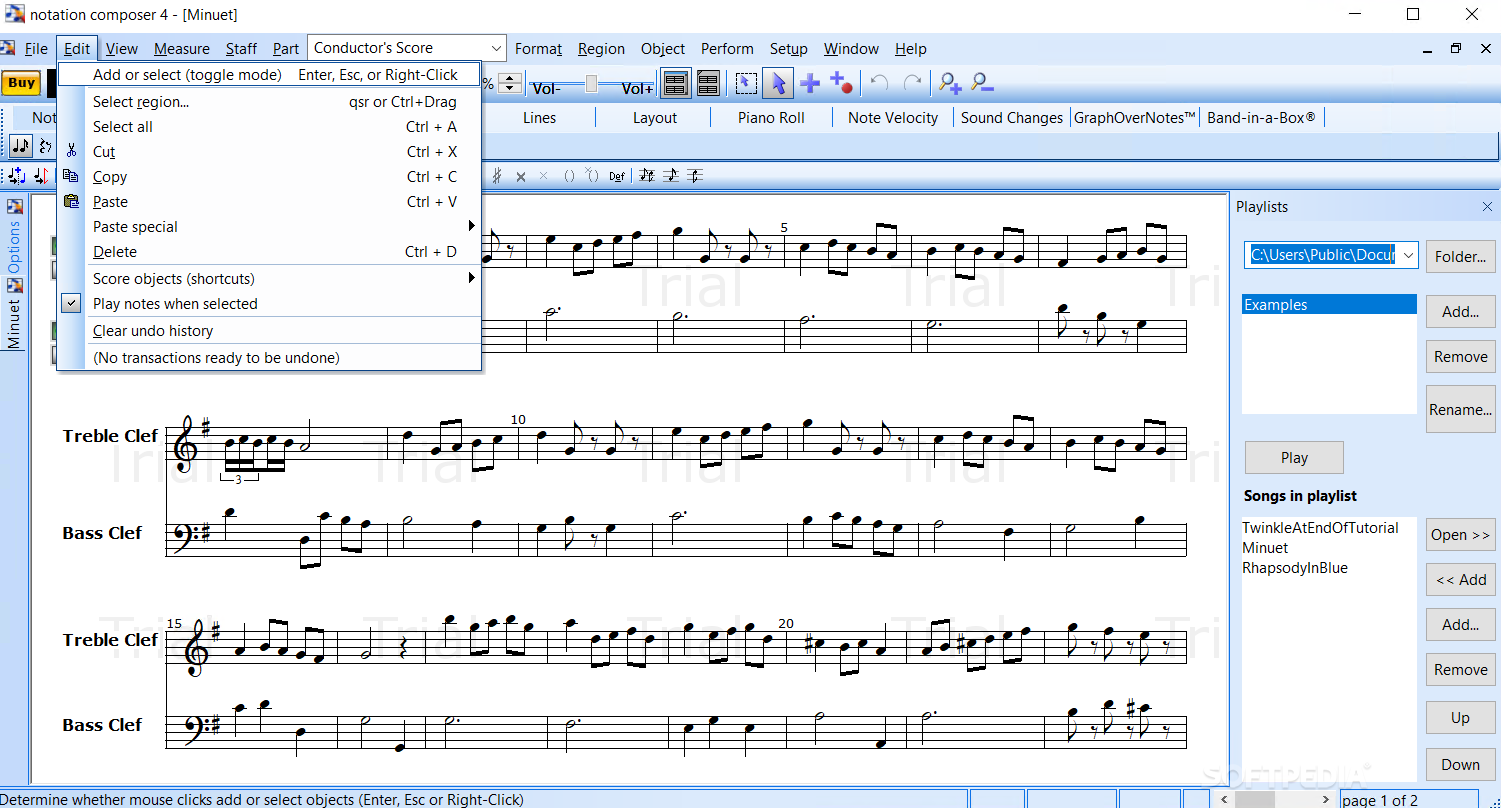


He told me that it was a pain in the ass, because if, in their instructions, something didn't make any sense to him, he would have to call someone and ask. He was creating all kinds of linked fields regarding medical information, personal information, etc etc. His biggest project had him doing work for a hospital. This story will help some of you understand: a friend of mine, a musician, once took a temp job using the program Filemaker and creating databases for companies.
#Lilypond notation how to#
They haven't, though if you use the program every single day of your life like I do, you know how to use it, and you know how to make it work right. Many of the notation problems, if they come up at all anymore in Finale or Sibelius, are easily fixable, many times with literally one click or keystroke.īut I'm not going to pretend that Finale's creators have done a flawless job. This brings up good points, but has some bullshit as well. However, I always thought this should be pretty obvious since ornaments depend on the mechanics of the instrument, which are obviously different.Īm I missing some massive ambiguity? I can understand if you just want musical notation to be easier to use for the common man, but that's like saying C or BASIC should be easier to use oversimplification would remove the flexibility the system offers more advanced musicians (or programmers). The only ambiguities I can think of in musical notation are things like trills, turns, and other ornaments that are similar but often subtly different depending on the instrument (I'm including voice as an instrument here too). Meanwhile, a key signature is given and the decomposition into the base theoretic components is still easy, so that improvisation and understanding of the piece is simple for the more advanced musician. These clear definitions mean experienced musicians can pick up intricate passages quickly, too. Standard notation clearly defines what notes are to be played, so it's useful to beginning musicians. However, it's hard for beginning musicians to think purely in these terms they need absolute locations like "C F C G" rather than "I-IV-I-V In the key of C major." Thus, in order to understand a song enough to make it his own, the musician must understand this as well. The typical listener (e.g., not fans of Schoenberg) is most concerned, subconsciously, with our location relative to dominant and tonic. From the standpoint of learning and performing music, it makes more sense than anything else anyone's come up with. Musical notation, especially at its core (e.g., representing tones in relation to time), isn't ambiguous at all.


 0 kommentar(er)
0 kommentar(er)
